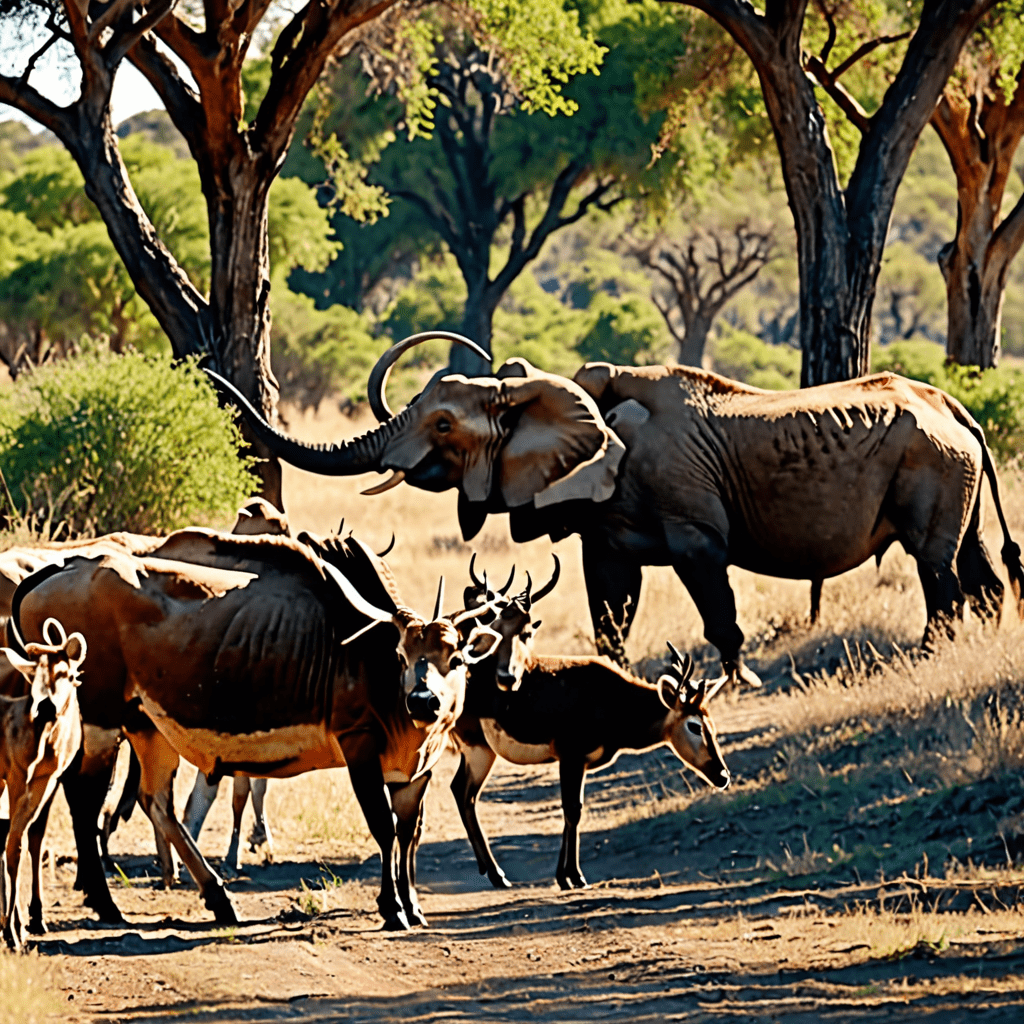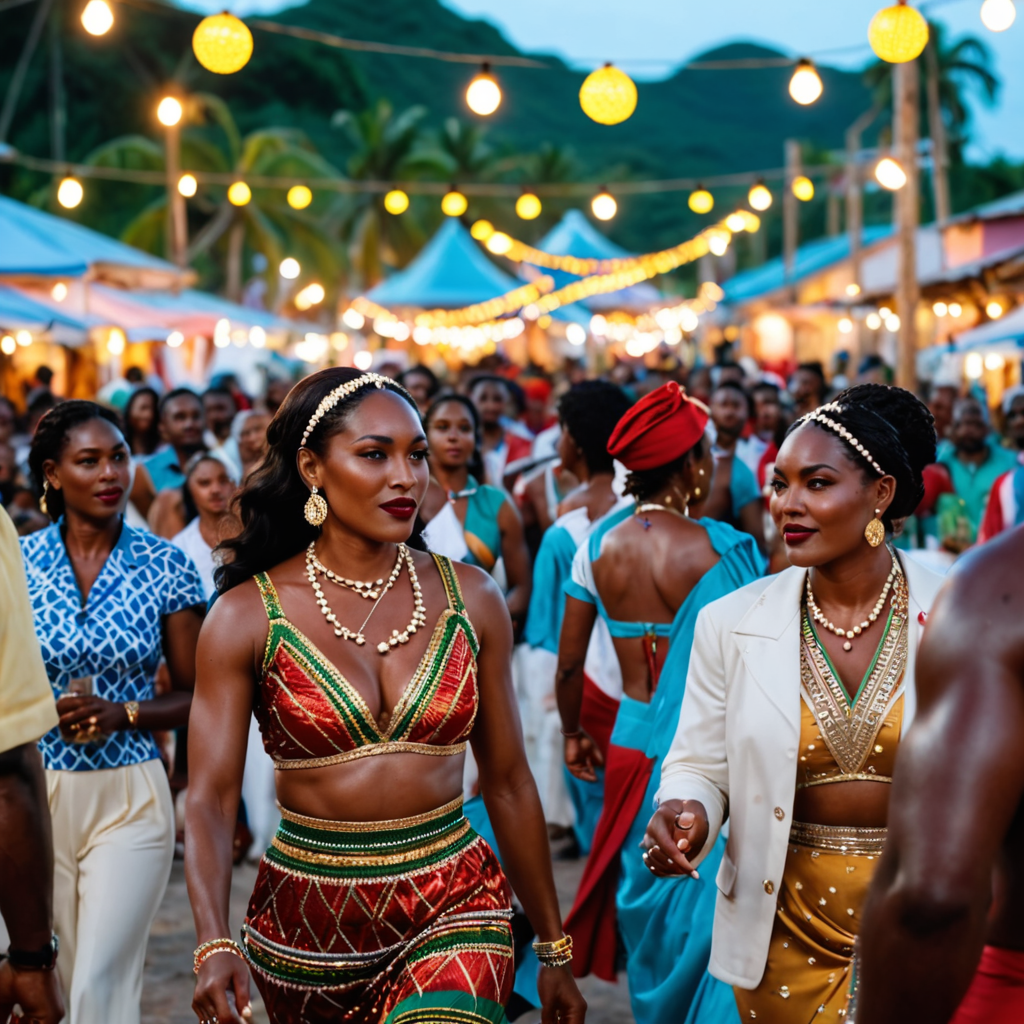
1. Historical Evolution of Bengali Literature in Bangladesh
The roots of Bengali literature in Bangladesh stretch back to the Middle Ages, with the emergence of the Charyapadas, Buddhist mystic songs written in the 10th-12th centuries. These were followed by the Mangalkavyas, epic poems narrating the lives of local deities. During the Mughal period (1576-1757), Bengali literature flourished under the patronage of the Nawabs, with notable works such as Alaol's "Padmavati" and Daulat Qazi's "Lor Chandrani."
2. Influences on Bengali Literature: Folk Tradition, Sanskrit, Persian, and Western
Bengali literature draws inspiration from diverse sources. Folk traditions, such as ballads and proverbs, have profoundly influenced its themes and styles. Sanskrit literature, with its epics, dramas, and religious texts, provided a rich foundation for literary expression. Persian influences, particularly evident in the ghazal form of poetry, were absorbed during the Mughal period. In the 19th century, Western literature, notably English romanticism and realism, further shaped the development of Bengali literature.
3. Major Literary Periods: Middle Ages, Modern, and Post-Independence
The Middle Ages, marked by the Charyapadas and Mangalkavyas, laid the foundation of Bengali literature. The Modern period (1800-1947) witnessed the emergence of genres such as the novel and short story, as well as a shift towards realism and social critique. Notable figures include Bankim Chandra Chattopadhyay, Rabindranath Tagore, and Kazi Nazrul Islam. Post-Independence literature (1947-present) reflects the aspirations and challenges of the newly formed nation, exploring themes of identity, nationhood, and social justice.
4. Notable Literary Figures: Rabindranath Tagore, Kazi Nazrul Islam, Jibanananda Das
Rabindranath Tagore, the Nobel laureate poet, novelist, and playwright, is widely regarded as the greatest figure in Bengali literature. His works, known for their lyrical beauty and spiritual insights, have had a profound impact on Bengali culture and thought. Kazi Nazrul Islam, known as the "Rebel Poet," was a revolutionary figure whose poems inspired the freedom struggle against British rule. Jibanananda Das, a leading modernist poet, known for his enigmatic and complex imagery, revolutionized the form and language of Bengali poetry.
5. Key Literary Genres: Poetry, Novel, Drama, Short Story
Poetry has been a dominant genre throughout the history of Bengali literature. From the mystic songs of the Charyapadas to the modernism of Jibanananda Das, poetry has expressed the soul of the Bengali people. The novel emerged in the 19th century as a vehicle for social critique and storytelling. Notable novelists include Bankim Chandra Chattopadhyay and Saratchandra Chattopadhyay. Drama, though less prevalent, has played a significant role in shaping Bengali cultural identity. The short story, a popular genre in the 20th century, explores themes of everyday life and human experience.
6. Themes and Motifs in Bengali Literature: Nationalism, Identity, Spirituality, Social Justice
Bengali literature is replete with themes and motifs that reflect the aspirations, experiences, and struggles of the Bengali people. Nationalism and the search for identity have been recurring themes, particularly during the British colonial period. Writers such as Bankim Chandra Chattopadhyay and Kazi Nazrul Islam portrayed the struggle for independence and the assertion of Bengali culture. Spirituality remains a significant motif, with many works exploring themes of mysticism, devotion, and the search for the divine. Social justice and the plight of the marginalized have also been central themes, addressed by renowned authors like Saratchandra Chattopadhyay and Syed Waliullah.
7. The Language of Bengali Literature: Evolution and Dialects
Bengali, the language of the Bengali literature, has undergone significant evolution over time. Originating from Sanskrit, it has assimilated influences from various languages, including Prakrit, Persian, and English. The language is characterized by its rich vocabulary, complex grammar, and distinct dialects. The dialects vary regionally, with significant differences in pronunciation, vocabulary, and grammatical structures. The standard literary dialect, based on the dialect of Calcutta, is widely used in written literature and communication.
8. Contemporary Bengali Literature: Trends and Innovations
Contemporary Bengali literature continues to flourish, reflecting the changing social and cultural landscape of Bangladesh. Experimental and postmodern trends have emerged, challenging traditional forms and exploring new modes of storytelling. Women writers have gained prominence, bringing fresh perspectives and experiences to literary discourse. The rise of digital platforms has provided new avenues for literary expression, with online journals and web fiction garnering significant attention. International recognition has increased, with Bengali literature being translated into various languages and showcased on global platforms.
9. Impact of Bengali Literature on Bangladesh’s Cultural Identity
Bengali literature has played a pivotal role in shaping Bangladesh's cultural identity. It has fostered a sense of national pride, providing a collective platform for expression and reflection. By portraying the history, traditions, and beliefs of the Bengali people, literature has instilled a strong sense of belonging and cultural solidarity. The works of literary giants like Rabindranath Tagore have not only enriched the Bengali language but have also transcended borders, contributing to the global understanding of Bengali culture.
10. Role of Bengali Literature in National Development and Education
Bengali literature not only entertains and enriches but also contributes significantly to national development and education. By portraying social issues and advocating for change, literature has influenced policymaking and raised awareness about critical societal challenges. It fosters literary appreciation, critical thinking, and linguistic proficiency, which are essential for overall literacy and lifelong learning. Moreover, Bengali literature promotes inclusiveness and diversity, encouraging acceptance and understanding of various perspectives, thereby contributing to a more tolerant and harmonious society.
FAQs
Q: What are some famous examples of Bengali literature?
A: Some notable works of Bengali literature include "Gitanjali" by Rabindranath Tagore, "Bidrohi" by Kazi Nazrul Islam, "Pather Panchali" by Bibhutibhushan Bandopadhyay, and "Meghnad Badh Kavya" by Michael Madhusudan Dutt.
Q: Who are some of the most renowned Bengali writers?
A: Rabindranath Tagore, Kazi Nazrul Islam, Bankim Chandra Chattopadhyay, Saratchandra Chattopadhyay, and Jibanananda Das are among the most celebrated Bengali writers.
Q: How has Bengali literature influenced Bangladeshi culture?
A: Bengali literature has profoundly shaped Bangladeshi culture, fostering a sense of national identity, promoting language preservation, and reflecting the society's values, history, and traditions.
Q: What are the key themes explored in Bengali literature?
A: Central themes in Bengali literature include nationalism, identity, spirituality, social justice, love, and loss.


